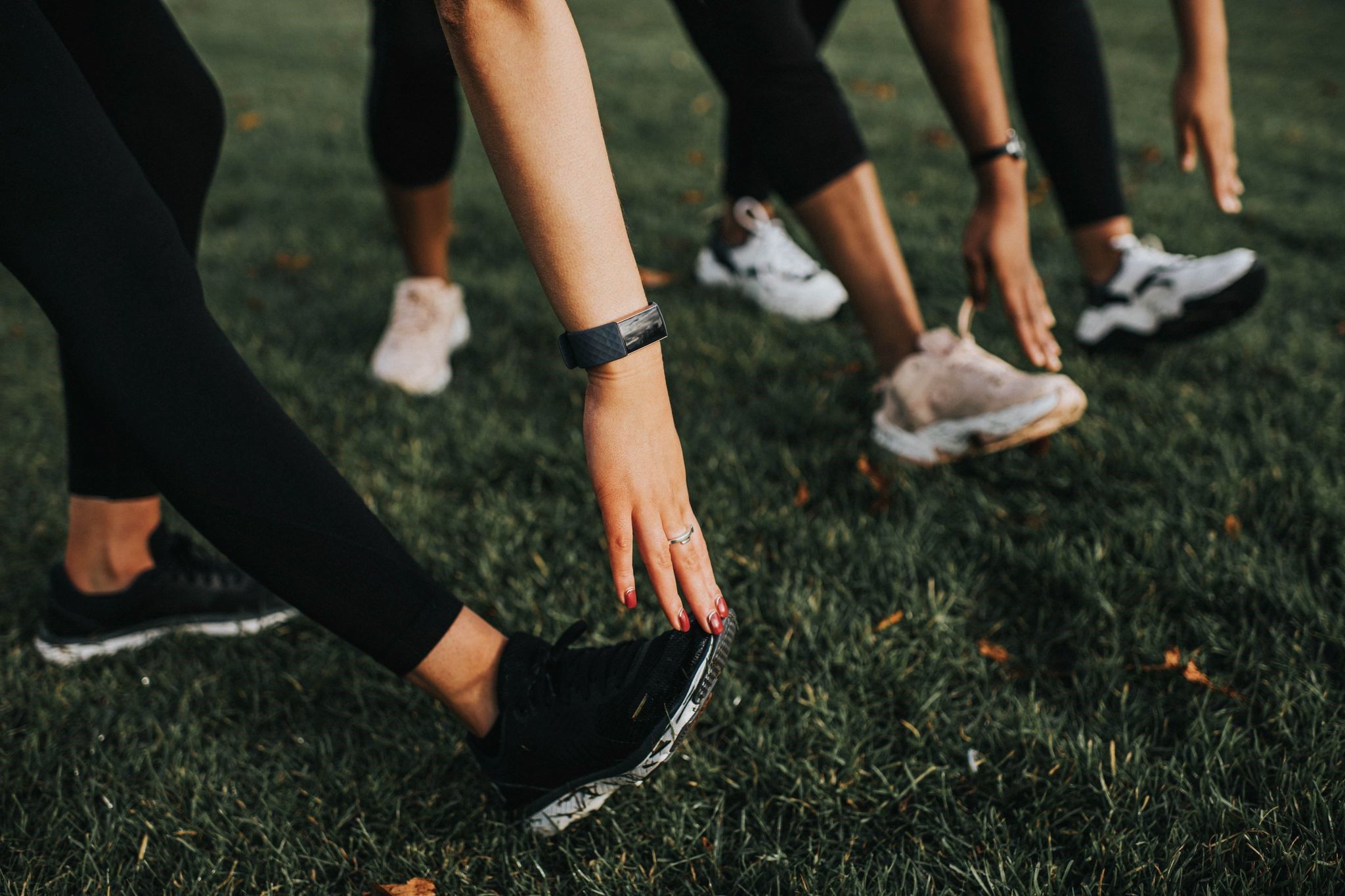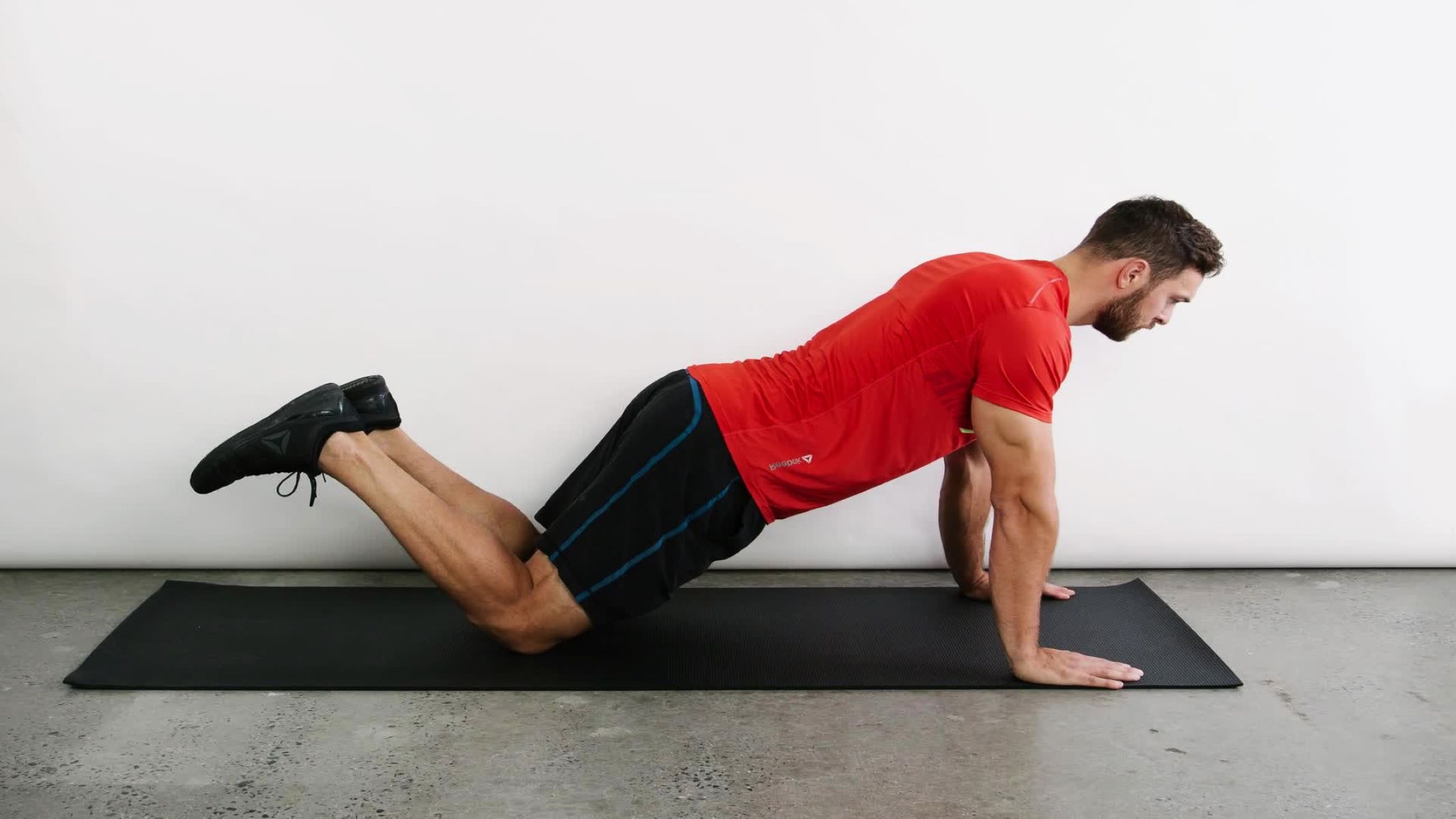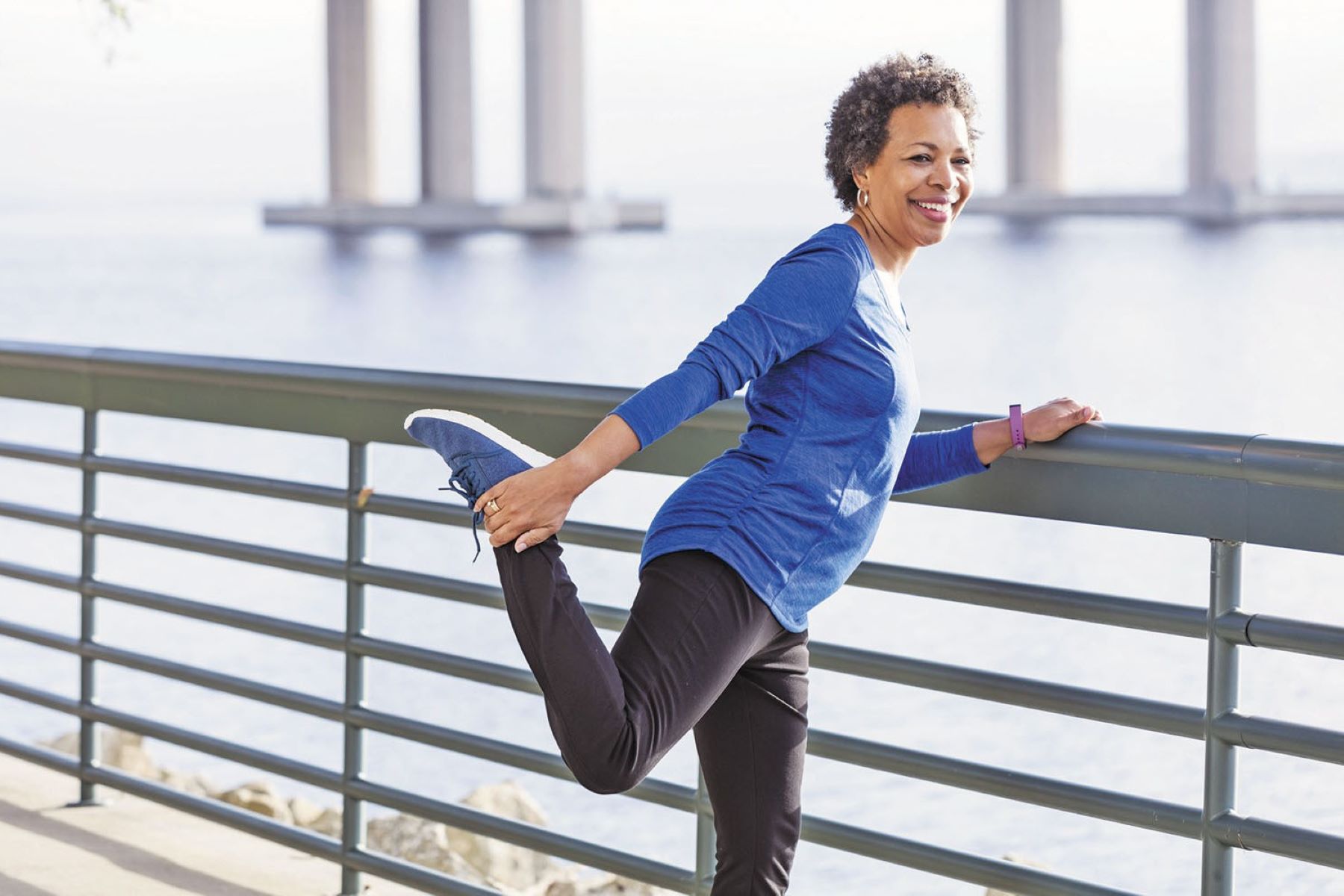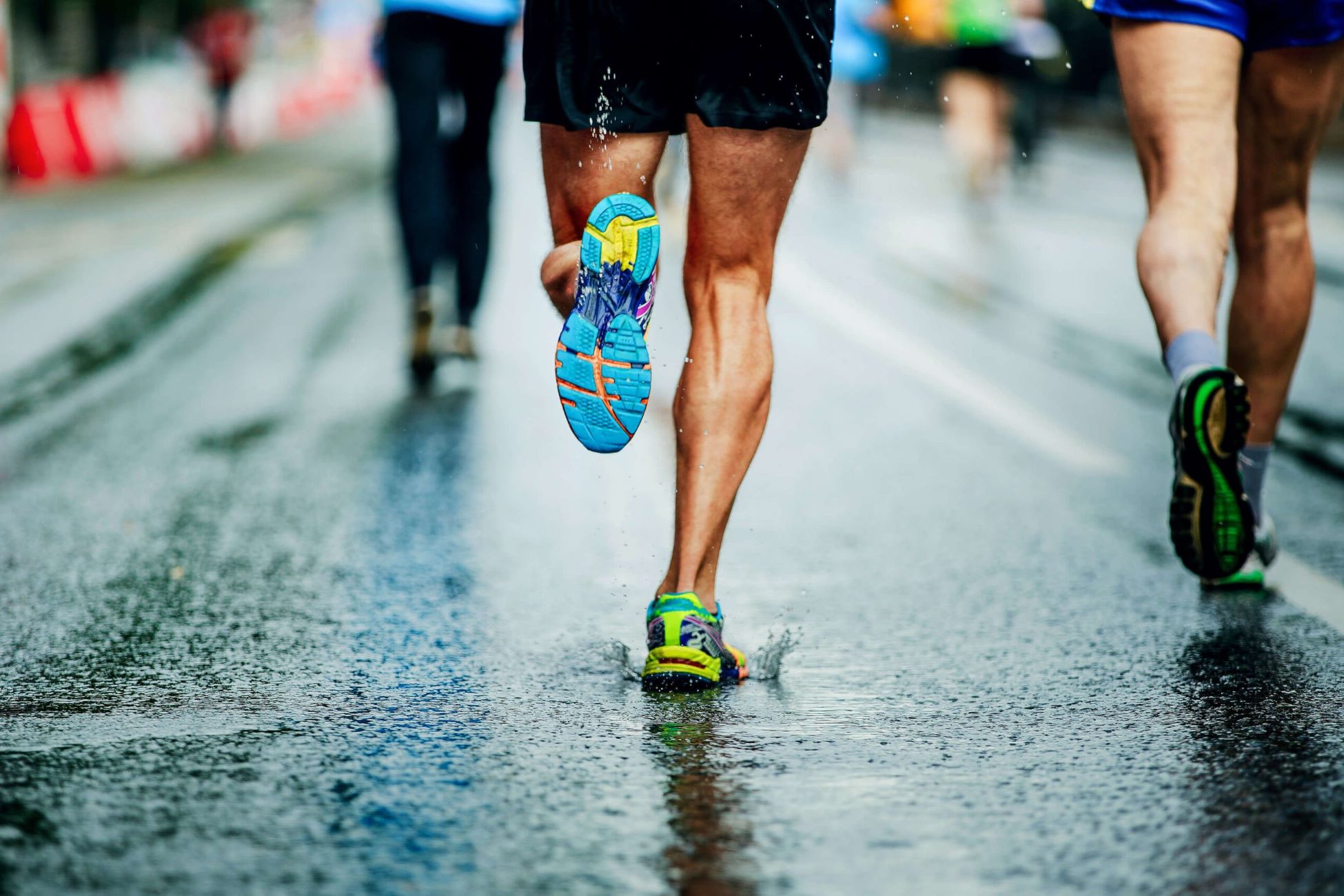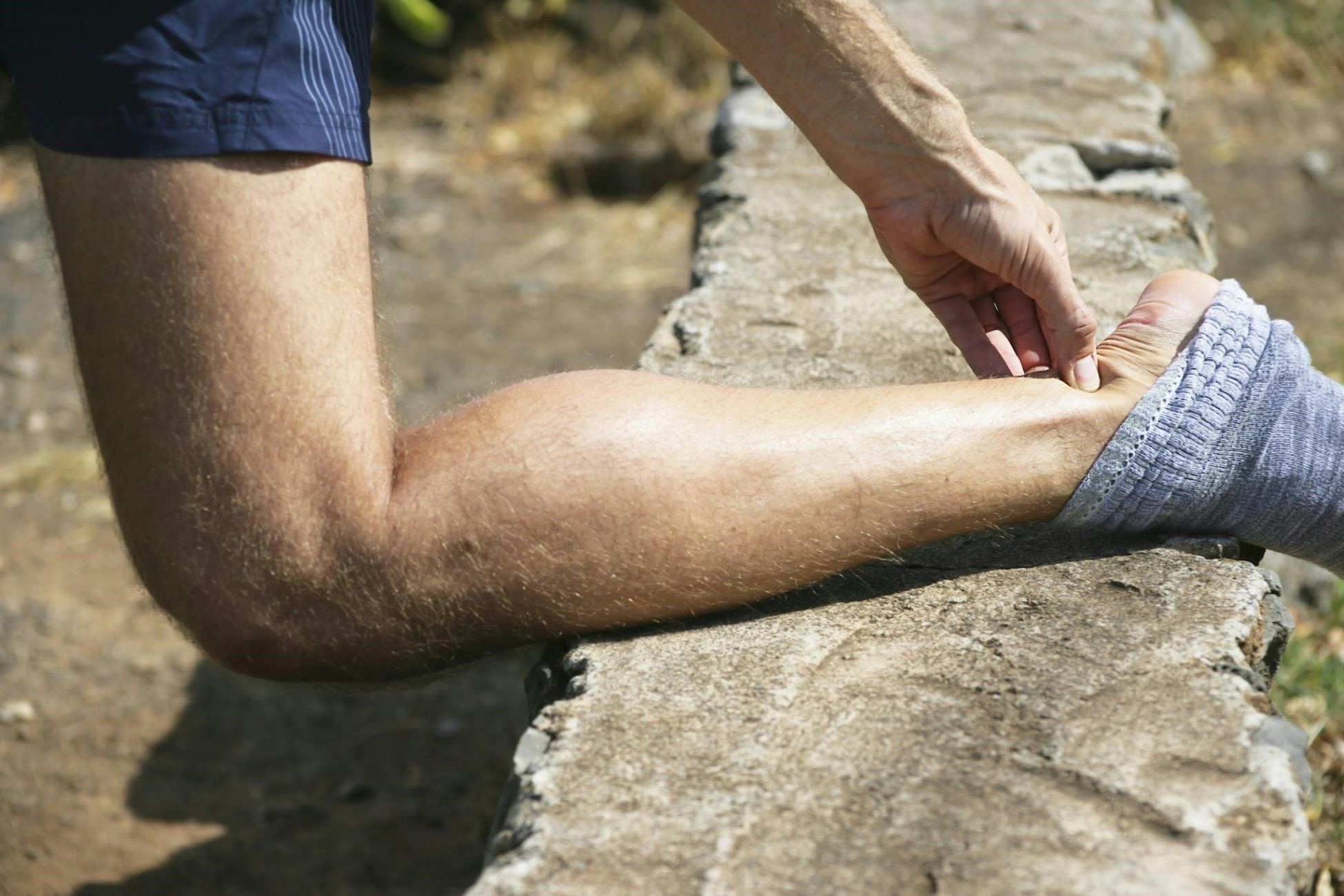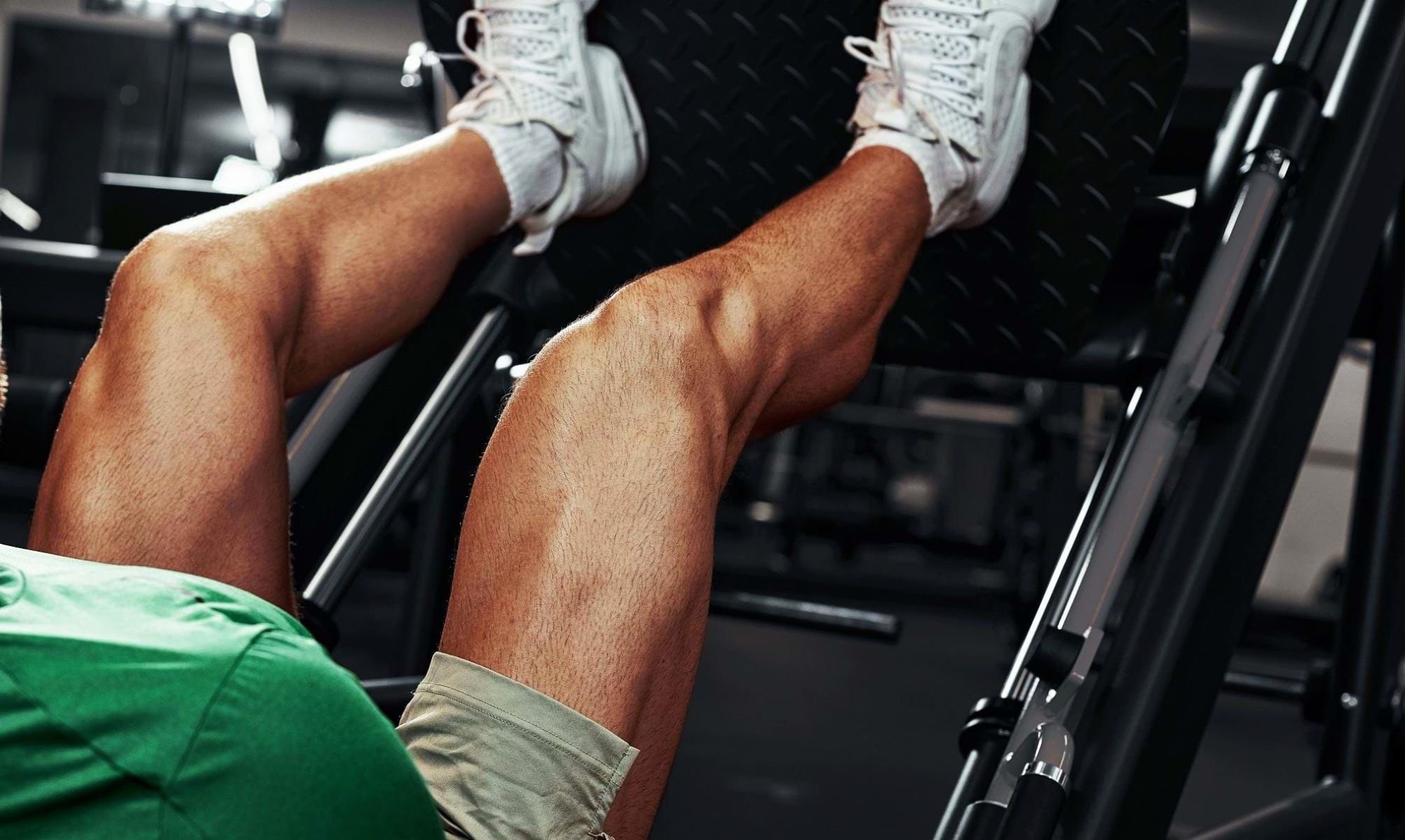Home>Health & Nutrition>Recovery>The Benefits Of Elevating Your Legs After Running


Recovery
The Benefits Of Elevating Your Legs After Running
Published: February 23, 2024
Enhance your post-run recovery with the benefits of elevating your legs. Discover how this simple practice can help you recover faster and reduce muscle soreness. Elevate your running game with effective recovery techniques.
(Many of the links in this article redirect to a specific reviewed product. Your purchase of these products through affiliate links helps to generate commission for Therunningadvisor.com, at no extra cost. Learn more)
Table of Contents
Importance of Post-Run Recovery
Post-run recovery is a crucial aspect of any running routine, yet it is often overlooked or underestimated. Many runners focus on the physical exertion of their workouts but neglect the essential recovery phase that follows. However, understanding the significance of post-run recovery is paramount for optimizing performance, preventing injuries, and promoting overall well-being.
After a vigorous running session, the body undergoes a series of physiological changes. Muscles are fatigued, and micro-tears occur within the muscle fibers. Additionally, the cardiovascular system is heightened, and the body's temperature rises. These factors contribute to the accumulation of metabolic waste products, such as lactic acid, within the muscles. Without proper recovery, these effects can lead to muscle stiffness, soreness, and decreased performance in subsequent workouts.
Engaging in post-run recovery practices, such as elevating the legs, facilitates the body's natural healing processes. By taking the time to allow the body to recover, runners can mitigate the negative effects of intense exercise and enhance their overall performance. Moreover, prioritizing post-run recovery can aid in preventing overuse injuries, which are common among runners who neglect this crucial aspect of training.
In essence, post-run recovery is not merely a passive phase following a workout; it is an active and intentional practice that directly impacts the body's ability to adapt and improve. By recognizing the importance of post-run recovery and incorporating it into their training regimen, runners can optimize their performance, reduce the risk of injuries, and promote long-term physical well-being.
How Elevating Your Legs Aids in Recovery
Elevating your legs after a strenuous run can significantly contribute to the body's recovery process. This simple yet effective practice offers a myriad of benefits that can enhance post-run recovery and overall well-being.
When you elevate your legs, you are essentially allowing gravity to assist in the circulation of blood and lymphatic fluid throughout your body. This position encourages the return of blood from the lower extremities to the heart, aiding in the removal of metabolic waste products and reducing the risk of swelling and inflammation. By elevating your legs, you facilitate the body's natural mechanisms for flushing out metabolic byproducts, such as lactic acid, which can accumulate in the muscles during intense exercise.
Furthermore, leg elevation promotes venous return, which refers to the flow of blood back to the heart. This process is crucial for maintaining optimal circulation and preventing the pooling of blood in the lower limbs. By reducing the pressure on the veins in the legs, elevating your legs can help alleviate discomfort and reduce the risk of developing varicose veins.
In addition to improving circulation, elevating your legs can also aid in reducing muscle tension and promoting relaxation. When the legs are elevated, the muscles can fully relax, allowing for the release of tension and stress accumulated during the run. This relaxation not only benefits the muscles but also contributes to overall mental and physical relaxation, fostering a sense of rejuvenation and well-being.
Moreover, elevating your legs can help regulate the body's autonomic nervous system, shifting it from a state of heightened activity during exercise to a more relaxed state during recovery. This transition is essential for promoting rest and recovery, allowing the body to repair and adapt to the demands placed on it during the run.
By incorporating leg elevation into your post-run routine, you can harness these benefits to support your body's recovery process, reduce the risk of post-run discomfort, and enhance your overall well-being. This simple yet powerful practice can be easily integrated into your post-run routine, offering a proactive approach to optimizing recovery and preparing for future workouts.
Improved Circulation and Reduced Swelling
Elevating your legs after a demanding run can have a profound impact on your body's circulation and the prevention of swelling. When you assume a reclined position with your legs elevated, you are effectively leveraging the force of gravity to assist in the circulation of blood and lymphatic fluid throughout your body. This simple yet powerful practice can yield a range of benefits that contribute to post-run recovery and overall well-being.
One of the primary advantages of leg elevation is its ability to facilitate the return of blood from the lower extremities to the heart. By positioning your legs above the level of your heart, you create a favorable environment for blood to flow back to the heart, aiding in the efficient removal of metabolic waste products. This process is instrumental in reducing the accumulation of metabolic byproducts, such as lactic acid, which can contribute to muscle soreness and fatigue following intense exercise. By promoting the elimination of these waste products, leg elevation supports the body's natural mechanisms for recovery, helping to alleviate post-run discomfort and stiffness.
Furthermore, elevating your legs can assist in reducing swelling and inflammation, particularly in the lower limbs. During a vigorous run, the muscles and tissues in the legs experience increased blood flow and metabolic activity. This heightened physiological state can lead to the accumulation of fluid in the interstitial spaces, potentially resulting in swelling and discomfort. However, by elevating your legs, you can counteract this effect by encouraging the drainage of excess fluid from the lower extremities. This can help mitigate post-run swelling and promote a more rapid recovery of the muscles and tissues in the legs.
In addition to its impact on circulation and swelling, leg elevation can also aid in preventing the development of varicose veins. By reducing the pressure on the veins in the legs, elevating your legs can help maintain optimal venous return, thereby minimizing the risk of venous insufficiency and the associated discomfort. This proactive approach to circulatory health can contribute to the long-term well-being of your lower extremities, supporting their resilience and function over time.
In essence, incorporating leg elevation into your post-run routine can yield significant benefits for circulation and swelling management. By harnessing the power of gravity to facilitate blood and lymphatic flow, you can promote efficient waste product removal, reduce the risk of swelling, and support the overall health and recovery of your lower extremities. This simple yet effective practice offers a proactive approach to post-run recovery, empowering you to optimize your well-being and performance.
Decreased Muscle Fatigue and Soreness
Elevating your legs after a rigorous running session can play a pivotal role in mitigating muscle fatigue and soreness, offering a valuable strategy for enhancing post-run recovery. When you engage in intense physical activity, such as running, your muscles undergo significant stress and exertion, leading to the accumulation of metabolic byproducts and the potential for micro-tears within the muscle fibers. As a result, you may experience muscle fatigue, soreness, and discomfort in the hours and days following your run.
By incorporating leg elevation into your post-run routine, you can proactively address these challenges and promote the alleviation of muscle fatigue and soreness. When you elevate your legs, you create an optimal environment for the body to facilitate the removal of metabolic waste products, such as lactic acid, from the muscles. This process is essential for reducing the accumulation of waste products that can contribute to muscle fatigue and soreness, allowing for a more rapid recovery and restoration of muscle function.
Furthermore, leg elevation can assist in reducing the impact of gravity on the lower extremities, alleviating the mechanical stress placed on the muscles during running. By assuming a reclined position with your legs elevated, you can effectively offload the weight and pressure from your legs, providing them with an opportunity to rest and recover. This reduction in mechanical stress can help mitigate the development of muscle tension and discomfort, promoting a more relaxed and rejuvenated state for your muscles.
In addition to its impact on metabolic waste removal and mechanical stress reduction, leg elevation can also support the body's natural healing processes. When you elevate your legs, you enhance the circulation of blood and lymphatic fluid throughout your body, facilitating the delivery of essential nutrients and oxygen to the muscles. This improved circulation can aid in the repair and recovery of the muscle tissues, promoting their resilience and function following a demanding run.
Moreover, the relaxation induced by leg elevation can contribute to the reduction of muscle tension and stiffness, fostering a sense of comfort and well-being. As the muscles are allowed to fully relax in the elevated position, they can release accumulated tension and stress, promoting a more rapid recovery and a diminished perception of soreness.
In essence, incorporating leg elevation into your post-run routine can offer a multifaceted approach to addressing muscle fatigue and soreness. By facilitating the removal of metabolic waste products, reducing mechanical stress, promoting circulation, and inducing relaxation, leg elevation can serve as a valuable tool for optimizing post-run recovery and supporting the overall well-being of your muscles. This simple yet effective practice empowers you to proactively manage the challenges associated with muscle fatigue and soreness, allowing you to approach your future runs with renewed vitality and resilience.
Enhanced Relaxation and Stress Relief
Elevating your legs after a demanding run extends beyond physical recovery; it also offers a profound opportunity for enhanced relaxation and stress relief. As you recline with your legs elevated, you create an environment conducive to mental and physical rejuvenation, allowing the body and mind to unwind and recuperate from the exertion of the run.
The act of elevating your legs promotes a state of relaxation by facilitating the release of tension and stress accumulated during the run. As the muscles are relieved from the weight-bearing demands of standing or sitting, they can fully relax, fostering a sense of comfort and ease. This relaxation extends beyond the muscles, permeating throughout the entire body and contributing to a profound sense of well-being.
Moreover, the position of leg elevation can positively influence the body's autonomic nervous system, which governs involuntary bodily functions such as heart rate, digestion, and stress response. By assuming a reclined position with your legs elevated, you signal to your body that it is time to transition from a state of heightened activity during the run to a more relaxed and restorative state during the recovery phase. This shift in the autonomic nervous system promotes a sense of calm and tranquility, allowing the body to redirect its resources toward repair and rejuvenation.
In addition to its physical benefits, leg elevation also fosters mental relaxation and stress relief. The act of reclining and elevating your legs provides an opportunity to disconnect from the demands of the day and immerse yourself in a moment of tranquility. This intentional pause in a comfortable position can serve as a form of mindfulness practice, allowing you to center your thoughts, release mental tension, and cultivate a sense of inner peace.
Furthermore, the enhanced circulation facilitated by leg elevation can contribute to mental clarity and relaxation. As blood and lymphatic fluid flow more efficiently throughout the body, the delivery of oxygen and nutrients to the brain is optimized, promoting cognitive function and a sense of mental well-being. This improved circulation can help alleviate mental fatigue and promote a heightened sense of alertness and vitality.
In essence, incorporating leg elevation into your post-run routine offers a holistic approach to relaxation and stress relief. By creating a conducive environment for physical and mental rejuvenation, leg elevation empowers you to embrace the recovery phase as a time for comprehensive well-being. This simple yet powerful practice allows you to emerge from your post-run recovery with a renewed sense of vitality, resilience, and inner peace.
Tips for Proper Leg Elevation After Running
Proper leg elevation after running is essential for maximizing the benefits of this recovery practice. By following these tips, you can ensure that your post-run leg elevation is effective and conducive to optimal recovery.
-
Elevate Above Heart Level: When elevating your legs after a run, ensure that they are positioned above the level of your heart. This positioning maximizes the gravitational assistance in promoting efficient circulation and reducing swelling in the lower extremities.
-
Supportive Surface: Choose a comfortable and supportive surface for leg elevation, such as a yoga mat or a padded ottoman. This ensures that your legs are adequately supported and allows you to relax in a stable and comfortable position.
-
Duration and Frequency: Aim to elevate your legs for 10-15 minutes after each run. If you have completed an exceptionally intense or long run, consider extending the duration of leg elevation to facilitate thorough recovery. Additionally, incorporating leg elevation into your post-run routine consistently can yield cumulative benefits for your overall recovery and well-being.
-
Combine with Ice or Compression: For enhanced recovery, consider combining leg elevation with icing or compression therapy. Applying an ice pack to the muscles while elevating your legs can help reduce inflammation and alleviate post-run discomfort. Similarly, using compression sleeves or wraps in conjunction with leg elevation can promote efficient fluid drainage and support the recovery of the lower extremities.
-
Mindful Relaxation: Use the time spent with your legs elevated as an opportunity for mindful relaxation. Focus on deep breathing, visualize the release of tension from your muscles, and embrace a sense of mental and physical rejuvenation. This intentional relaxation can amplify the benefits of leg elevation and contribute to overall stress relief.
-
Hydration and Nutrition: While elevating your legs, prioritize hydration and replenishment of essential nutrients. Consuming water and nutrient-rich foods after your run can support the body's recovery processes and optimize the benefits of leg elevation.
-
Incorporate Gentle Movement: After the initial period of leg elevation, consider incorporating gentle movements, such as ankle circles or light stretching, to re-engage the muscles and promote circulation. This gradual transition from leg elevation to gentle movement can aid in maintaining the benefits of the recovery practice while preparing the body for post-run activities.
By integrating these tips into your post-run routine, you can harness the full potential of leg elevation for recovery, promoting optimal circulation, reducing muscle fatigue and soreness, and fostering relaxation. Embracing proper leg elevation as a cornerstone of your post-run recovery can empower you to approach each run with renewed vitality and resilience, supporting your long-term well-being and performance.

